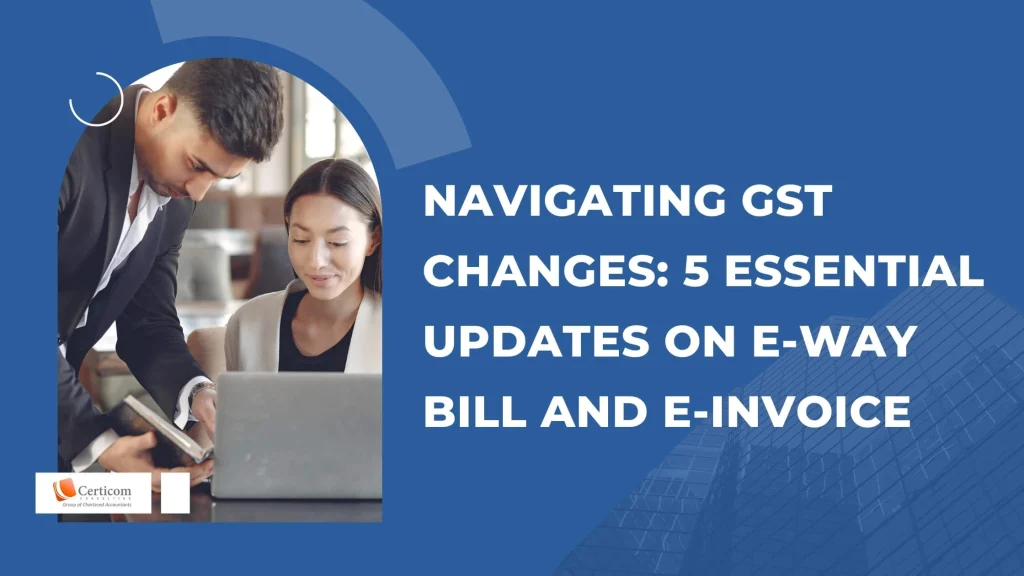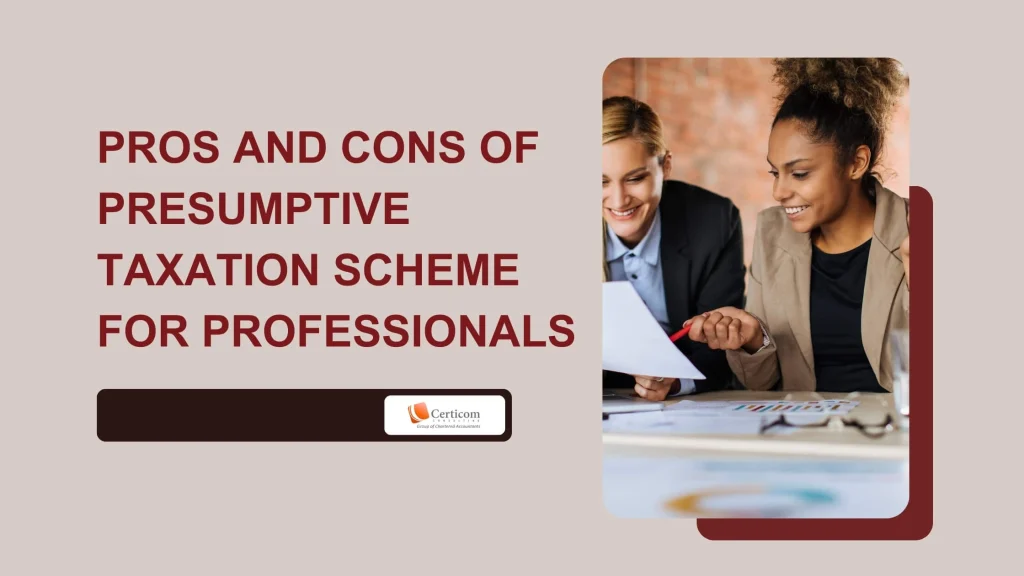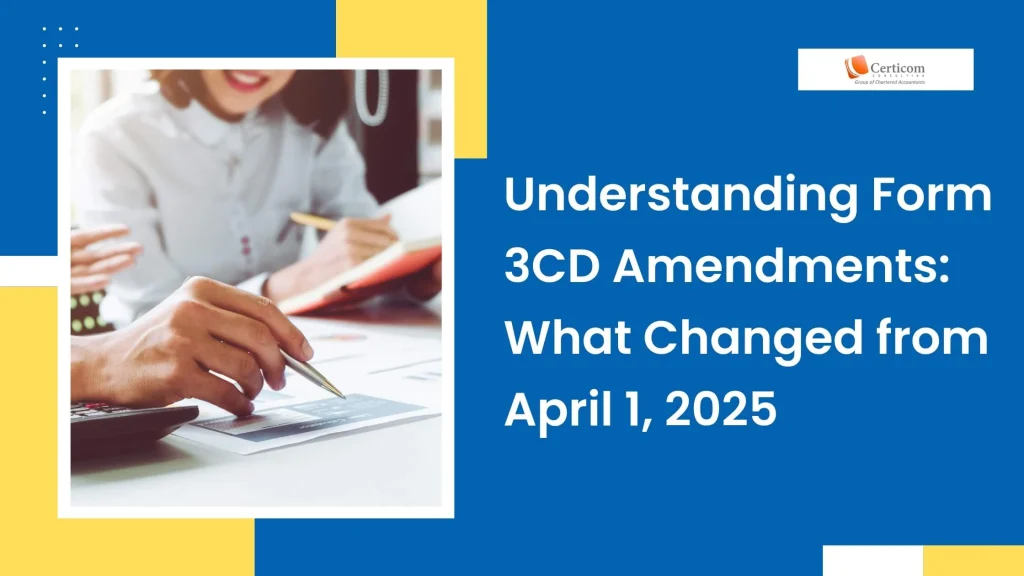Mistakes and Solutions in the Realm of Income Tax Practices
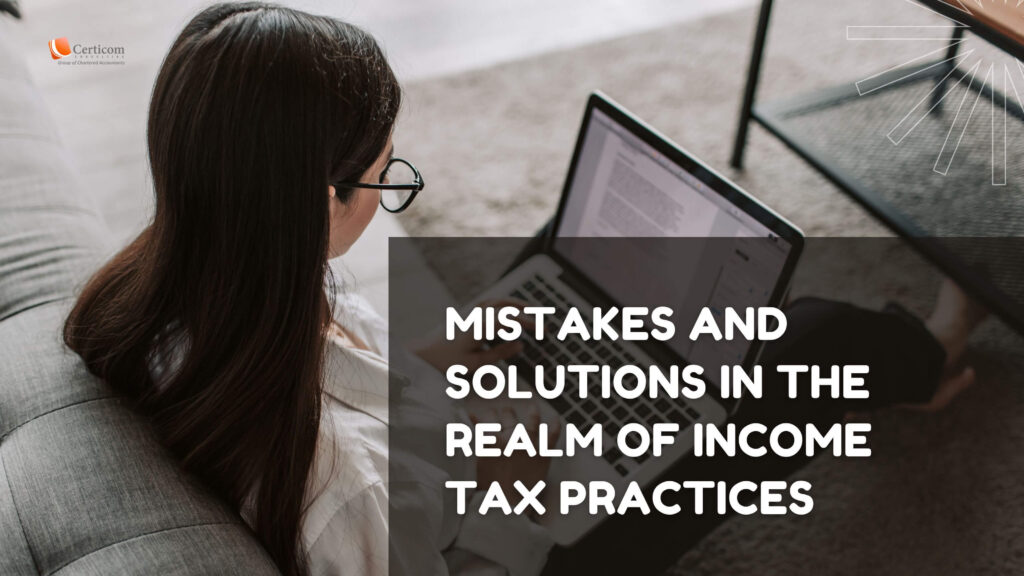
1. Section 44AD
Although it was created with the noble aim of relieving small business owners of the burden of maintaining books of accounts in accordance with provision 44AA and tax audits in accordance with Section 44AB, this provision is nevertheless a valuable piece of legislation. However, before choosing this portion, the following must be taken into consideration:
A. The income report must show a profit of at least 8%; if the profit is less than 8%, mandatory bookkeeping and an audit are required.
B. In order to receive this advantage in a partnership, there are several conditional requirements that must be followed.
C. Failure to maintain books of accounts does not imply failure to maintain any documents. If the income tax return is being scrutinized under Section 143(3) or 147 proceedings, the participant in this program must maintain a purchase and sales register with information on buyers and sellers, bills/vouchers, and bank statements.
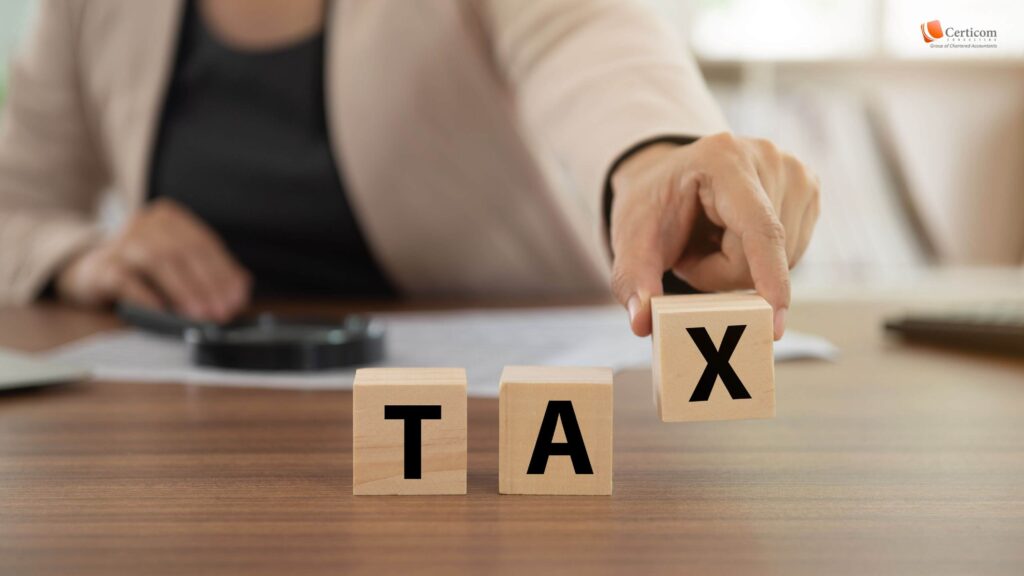
2. Section 40(a)(ia)-
According to the different TDS responsibilities imposed by section 194 rws 195, this section places a strict responsibility on the assesses to deduct tax from the source of income. One must be extremely careful to fulfill their TDS obligations as any failure will result in a 100% increase of non-TDS credit. Numerous assessors are discovered to be irresponsible when sending or receiving fees. This obligation extends beyond just company activities and includes things like housing rent, salaries, unanticipated gains, cash prizes, etc. The government is increasingly adopting this tool because it is the most effective part of the system to better monitor tax compliance. It keeps track of the provision.
3. section 10(38)
A lot of litigation is still ongoing in share capital introduction and penny stock cases as a result of this section’s widespread use by money launderers as a simple method of turning unaccounted black money into white by claiming a 100% exemption under this section from the long-term capital gain. The government, however, has appropriately silenced this most misunderstood sector by capping the LTCG capital gain exemption at Rs. 100,000. As a result, one must practice extreme caution during tax planning because that amendment has altered the overall tax planning picture.
4. Cash deposits exceeding 10 lakhs
Huge cash deposit instances that are above the 10 lakh threshold limit outlined in Section 285BA have come under examination by the department since the implementation of the AIR system in 2009. At the time of demonetization in 2019, these cases exploded, and they continue to do so today.
This law’s primary goal is to identify the origin of monetary deposits that surpass a specific threshold. In order to explain the sources of those monetary deposits in the event of being called upon for scrutiny, in a reopening procedure, or in a 133(6) proceeding, one must be very careful to preserve accurate records and paperwork.
5. section 269ST
To reduce cash transactions, this provision expands on previously existing sections 269SS and 266T. With the restriction that no person receives more than Rs 2 lakhs in a single or combined transaction within a day, this new section is applicable to all classes of assesses.

6. 80G
This is one of the most significant sections that many assessors use to obtain enticing tax deductions that may be as high as 50% or 100% depending on the circumstance. A few years ago, the process to obtain a deduction under Section 80G was fairly straightforward and manual, and one could do so based on the physical receipt of a tax donation they had made to the donee. However, the entire process has now been digitalized by including it into an e-filing system, where the donor must pay through the portal and acquire an online receipt created in the same portal in order to claim a deduction. This admirable move would increase transparency in the donation process, which, like the sale of shares of stock, is rife with disputes and frequently disputed.
Read More: Income Tax Return Due Date Extension: ITR-7 Filers Get An Additional Month to File
To prevent typical blunders and misconceptions, income tax practices in India necessitate a detailed understanding of the law and its complexities. Both taxpayers and tax experts must maintain knowledge of sections like 44AD, 40(a)(ia), 10(38), 269ST, and 80G. The complicated system of income taxation in India can be navigated by individuals and enterprises by adhering to tax regulations and adjusting to changes in tax laws. It is recommended to speak with tax professionals for individualized advice and compliance.
Related Post
Pros and Cons of Presumptive Taxation Scheme for Professionals
Understanding Form 3CD Amendments: What Changed from April 1, 2025
Book A One To One Consultation Now For FREE
How can we help? *


